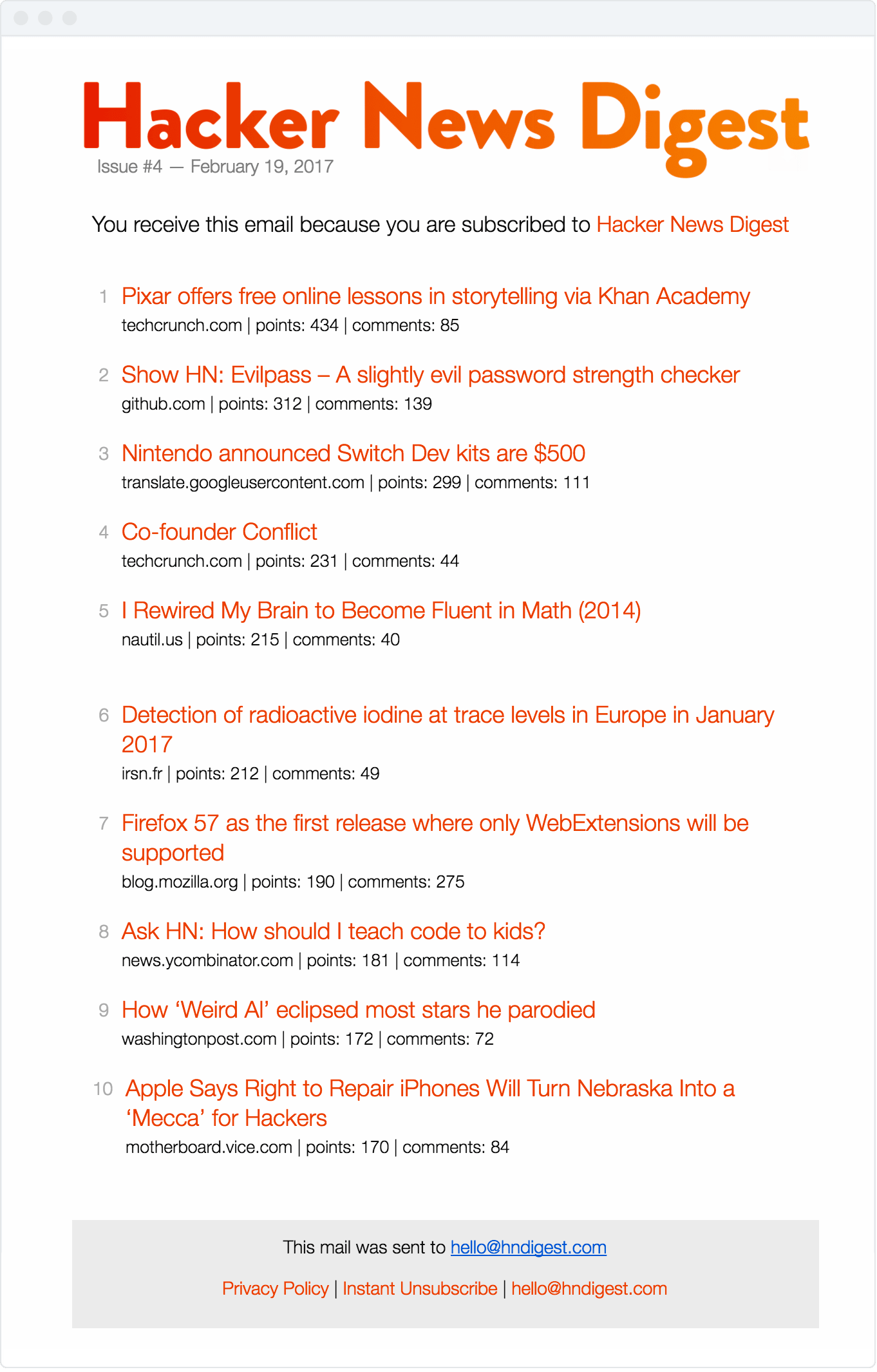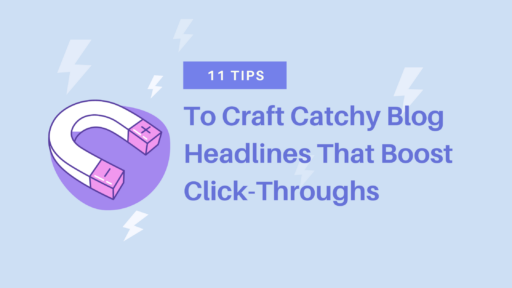How do you go from 1,000 subscribers to 10,000 subscribers?
After researching for this post and reading blog after blog, we found only vague “do FB ads” advice. Honestly, that’s pretty useless to small publishers.
After all, once you have more subscribers, you can earn more revenue from your newsletter.
Get sponsorships from world-class advertisersWork with premium advertisers, fill ad space, and optimize your sponsorship operations at scale. |
Instead, I wanted to know:
- EXACTLY how much it costs to grow a newsletter.
- If Facebook ads even worked (especially considering I’m not an expert).
- How much energy and time this all takes.
So, I got a modest test budget from our CEO and started figuring out this whole Facebook Ads thing.
Experiment: can Facebook ads grow an email list?
As with any experiment, you need real-life examples, not guesstimates. So we set up an experiment.
We found 3 publishers with similar tech-related audiences. None of the publishers had ever tried Facebook ads before. Next, we ran some Facebook ads for each publisher to see how they impacted their email list.
Let the experiment begin!

Introducing the publishers
- Web Tools Weekly is a weekly newsletter for front-end and full-stack developers with a specific focus on tools.
- The audience is made up of front-end developers, full-stack developers, graphic designers, and programmers.
2: Hacker News Digest (7,911 subscribers):







 If you can install this, it’ll make your life a whole lot easier on the tracking side of things. The Facebook pixel tracks how many people sign up for your newsletter from the ad. But things get more advanced (and perform better) if you use it to build a
If you can install this, it’ll make your life a whole lot easier on the tracking side of things. The Facebook pixel tracks how many people sign up for your newsletter from the ad. But things get more advanced (and perform better) if you use it to build a 




